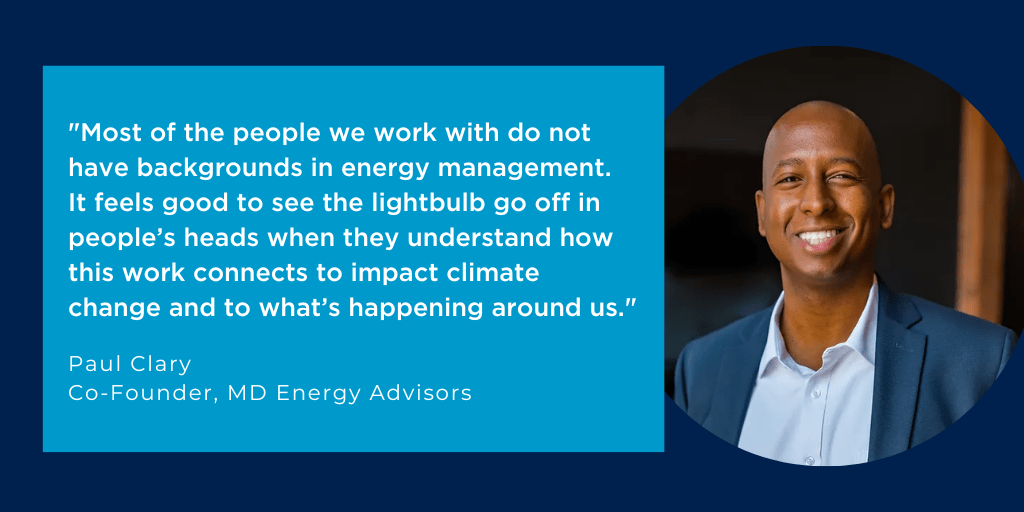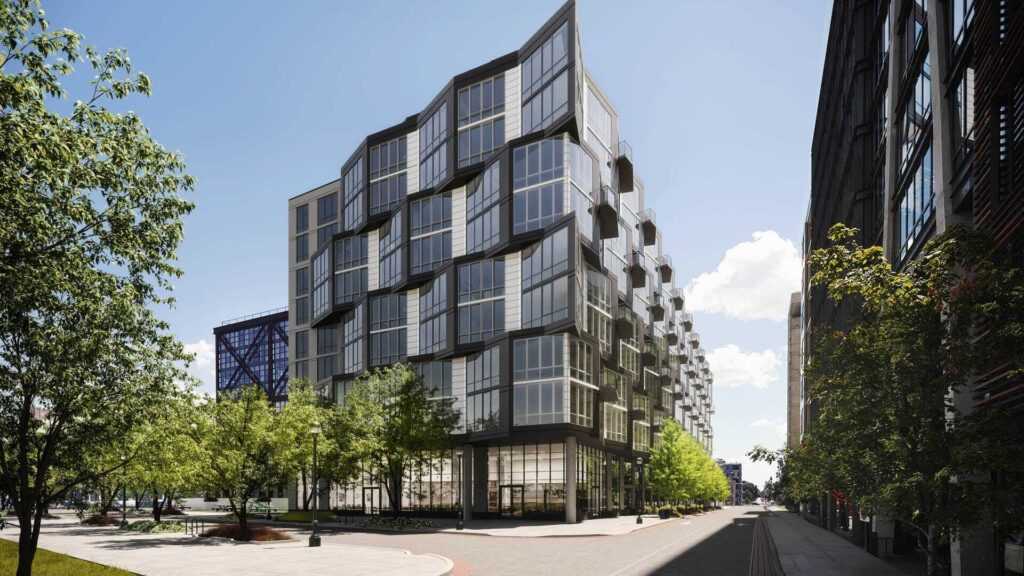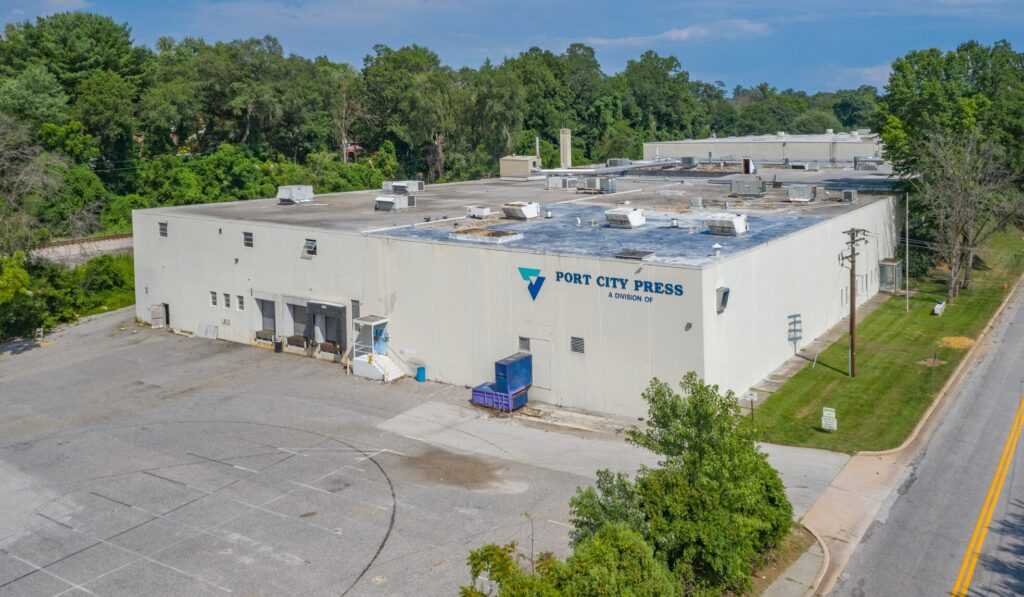Building performance standards (BPS) require that existing buildings reduce their energy use, and they are creating opportunities for small businesses like MD Energy Advisors (MDEA). In this interview, the firm’s co-founder, Paul Clary, talks about the effect of the District of Columbia’s policy.

What does your company work on?
MDEA is an energy solutions company founded to empower people and businesses to make informed decisions about energy. We have three divisions: financial, utility, and commercial. I manage the commercial division, which includes energy efficiency and energy procurement. We provide energy benchmarking and general consulting to help clients navigate building performance legislation.
What has happened in the market since you launched MDEA?
When we founded the company in 2010, we noticed some commercial entities just accepted and paid energy bills without realizing that there were options, despite the fact that it is typically a big chunk of an organization’s operating expenses. We created MD Energy Advisors because we believed we could make energy more approachable.
Since then, as a result of awareness campaigns, legislation and education, there’s been growing awareness of the value of lower energy expenses for producing better margins. Recently, regulatory pressure has increased, and this has also drawn attention to property energy consumption.

How does your work impact the lives of clients?
We identify opportunities to reduce energy-related operating expenses, outline and implement strategies that improve environmental impact and provide financial vehicles to help execute these strategies for customers throughout the country. Our solutions have demonstrated improved quality and costs savings, including identifying innovative financing solutions for energy-related projects that meet clients’ strategic and funding needs.
In addition to supporting our clients with money saving initiatives and helping them improve their returns, it’s also important to recognize that some of the solutions we identify in partnership with our clients are supported by the results from retrofits. As an example, HVAC systems represent a large portion of energy usage. By making the HVAC system more efficient, we are improving comfort, and indoor air quality, in addition to many other benefits. Lighting is also a common efficiency project, specifically with the transition to LED lighting which tends to be brighter, allowing people within the space to see better, or to be safer outside the building, cost effective and environmentally friendly.
There’s also an educational component; we take much pride in the Advisor part of our company name. Most of the people we work with do not have backgrounds in energy management. It feels good to see the lightbulb go off in people’s heads when they understand how this work connects to impact climate change and to what’s happening around us.
What opportunity does the District’s BPS create for your firm?
The law has done a good job of bringing energy efficiency to top of mind for our customers. Previously, people viewed energy efficiency as a benefit, not a critical need. Now it’s a top priority. We’re getting a lot more inquiries related to the District’s Building Energy Performance Standards (BEPS), with people wanting help with energy auditing and benchmarking.
The team at MDEA is currently assisting Equity Residential with BEPS related work. Pete McGing, VP of Investments Engineering shared why he knows this work is important, and pressing.
 Reverb Apartment in Shaw, Washington, D.C.
Reverb Apartment in Shaw, Washington, D.C.
Pete McGing: We just think the world of Paul Clary and his firm, great people. I’ve been around a long time, and a lot’s changed over the last year or two. In the past you may have evaluated retrofits, changing equipment — obviously based on useful live — and then return on investment. Now you also have to evaluate the cost of carbon, the cost of penalties, and fit that into your equation. So projects that may not have made financial sense in the past make a lot of sense now. If you’re in Washington, D.C., you have to factor in the BEPS.
Building owners need to be knowledgeable of their own buildings though. It’s not practical to think you can hire a consultant to come in and give you all the answers with one or two trips in the building. Owners need to obviously care about the physical asset, but also the utilities, the maintenance, so they can be able to work with a consultant on selecting a BEPS pathway. You have to know what you’re working with before you get started on compliance.
[BEPS] has been out there for a long time. If you put your head in the sand and say ‘Well, you know, 2025 is a long way away…’ No, it’s getting here pretty quick.
What is the competition like for this work?
Because this work is relatively new, there is still a lot of room to grow. Sometimes energy consulting firms will partner to provide value. For example, we have a REIT (real estate investment trust) client looking for guidance with choosing a compliance path, and we’ve partnered with a firm with valuable expertise to best serve our client. I’ve seen a lot of growth, job creation, and opportunities emerge across the board in the energy industry.
Speaking of workforce development, what are the career and equity opportunities of a BPS?
There are opportunities across the spectrum of energy work, from energy auditors and retro-commissioners, to system retrofit designers, to all the firms implementing the fixes in lighting, HVAC, envelope, building automation systems (BAS), to facilities maintenance. It’s important to note that a background in energy is not required for many career opportunities in our industry.
Our philosophy at MDEA is to hire really good people, and that’s contributed to the success of our organization as well as our team’s diversity. We have a fair number of people who have joined us from industries that are completely unrelated. The energy industry is growing fast, it’s dynamic, evolving constantly, and providing new opportunities in buildings, renewables, and electric vehicles. The diversity of people provides incredibly unique perspectives.
Energy auditing is a big area of opportunity. ASHRAE Level II audits require boots on the ground, and there’s a shortage of engineers right now. If the private sector can help create job training programs with local colleges that have mechanical engineering, for example, we can connect people quickly to well-paying jobs. There are also opportunities for non-engineers with desktop reviews of energy data.

What are the biggest challenges?
We’ve heard from many multifamily building owners that it can be frustrating when they can’t fully control the energy use in their buildings. While this is a challenge, it has also helped to identify an opportunity. Most of the energy consumption in apartment buildings is driven by the tenants. Now, building owners are helping tenants understand their energy use through engagement programs. There is a lot of opportunity in energy education, for everyone involved as well as the communities where we live, work and play. Some have considered providing real time updates (display screens, email alerts) and incentives for energy savings. There has also been discussion about the potential of restructuring leases to make energy use more transparent.
Another challenge is that many owners are not looking to hold properties for the long-term because they want to meet their revenue goals and repay investors quick. In these cases, efficiency investment payback periods may be longer than desired. For example, if an energy efficiency measure’s payback period is ten years, and the building owner wants to sell in five, committing to the longer-term investment can be difficult. However, buyers are getting savvy about understanding energy performance regulations, and that these buildings must be in compliance. They are going to consider the financial investment required to hit the performance targets, and then factor that into their offer.
Opportunity: Peter Garver, President of Garver Development Group, was looking to efficiently acquire and repurpose a 177,000 square foot former printing facility into a self-storage facility in Pikesville, MD. The property was in need of updating and several improvements were eligible for financing through Commercial Property Assessed Clean Energy (C-PACE). These included solar, electrical, plumbing, roof, HVAC, elevators, and brick repointing.

Solution: MDEA structured a $3,000,000 C-PACE loan that included 36 months of interest reserve to allow the project to reach stabilization after the reposition. The term was for 20 years and featured a 20 year amortization. The interest rate was below 6%. Additionally, the building was able to achieve net zero status with the addition of the solar array and optimization of the HVAC system.
What do you want to say to the DC region’s building industry about BPS?
Everyone needs to pay attention and get ahead of this shift. Building performance standards are not just a DC thing. Montgomery County, MD, also has one, and the State of Maryland is headed down that path. BPS is sweeping the country, including the federal government. You can see the map on IMT’s website showing the vast geographic reach.
Additionally, there are options for financing improvements at properties besides writing a giant check. We work a lot with C-PACE (Commercial property-assessed clean energy) financing, part of our financing solution at MDEA, to reduce weighted average cost of capital for new construction or reposition projects, and there are a number of finance programs from green banks and private lenders. Rebate programs from utilities, such as the DC Sustainable Energy Utility and Pepco, are another great resource for buildings. Additionally, many utilities will do on-bill financing (through third party energy suppliers) to spread the cost over time.

